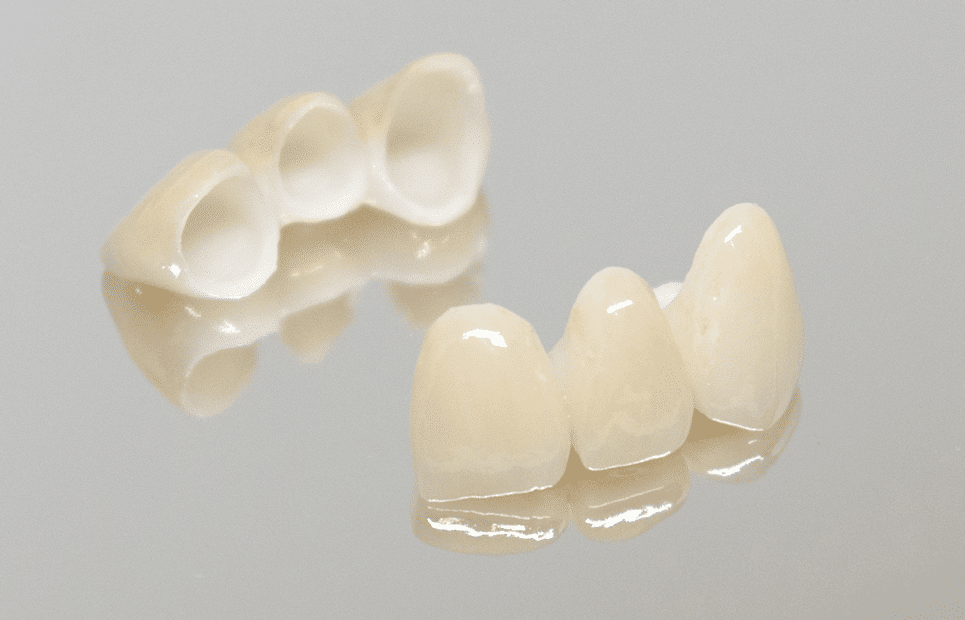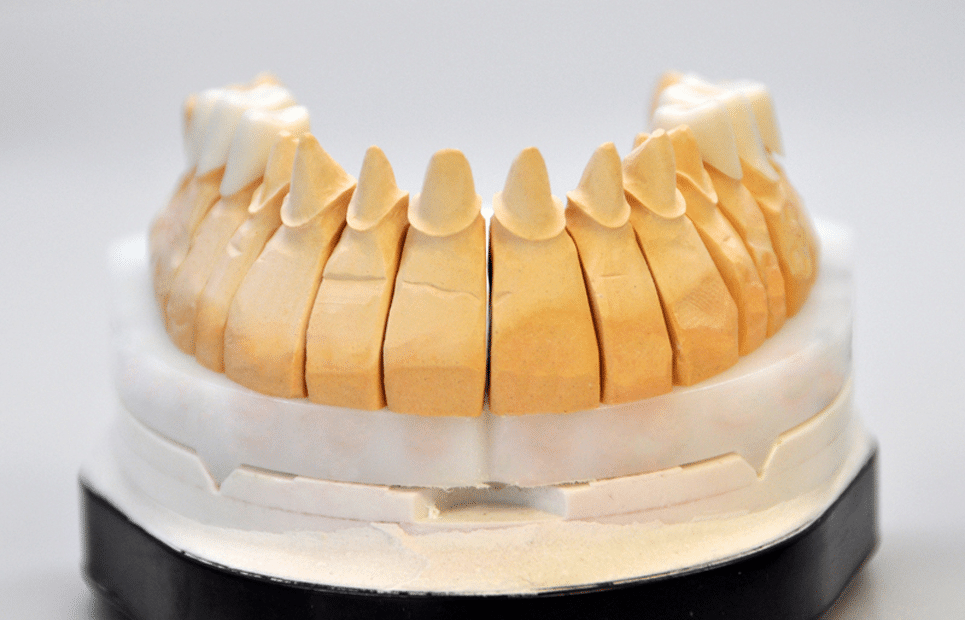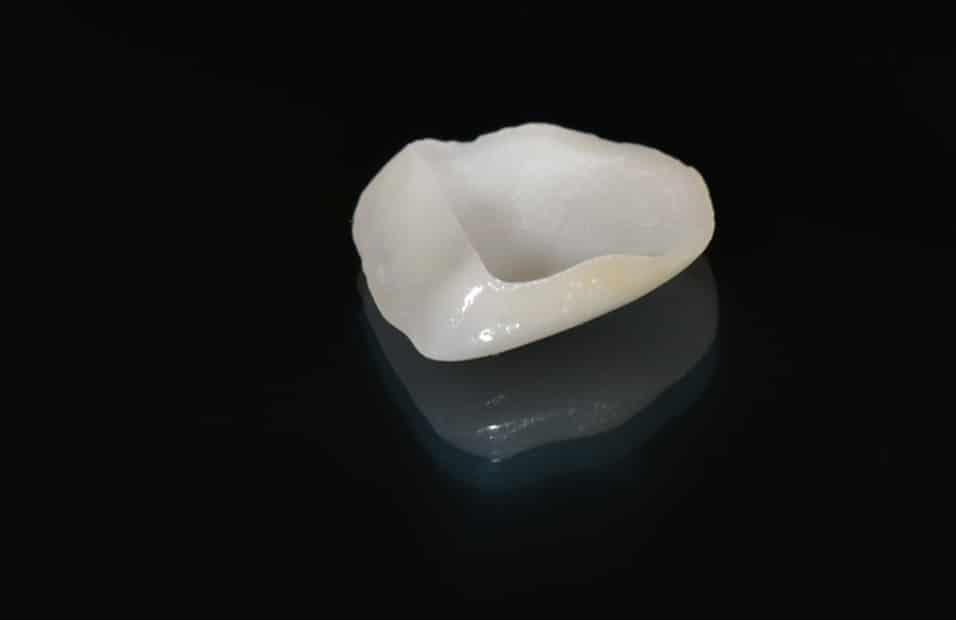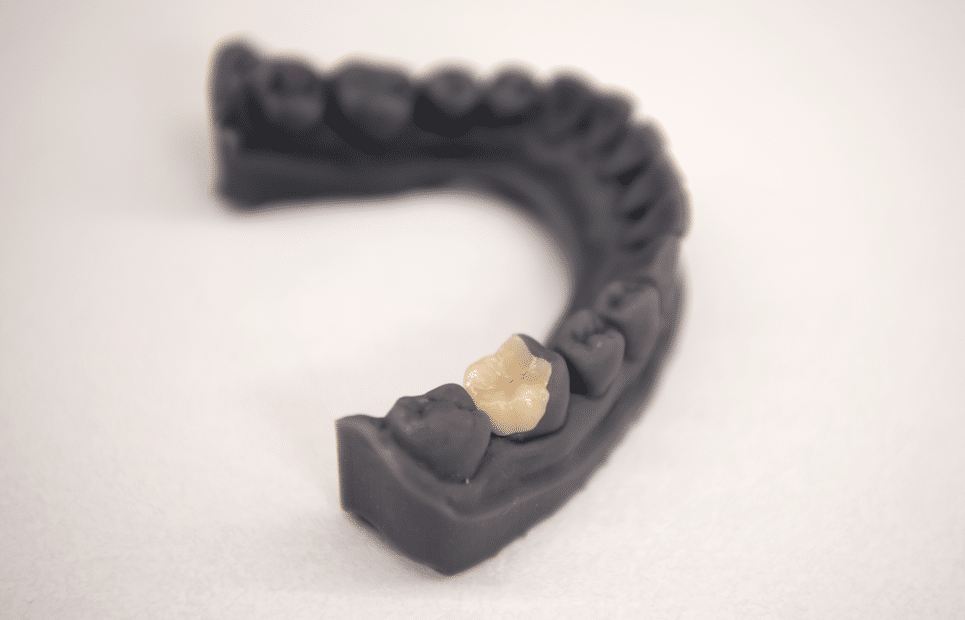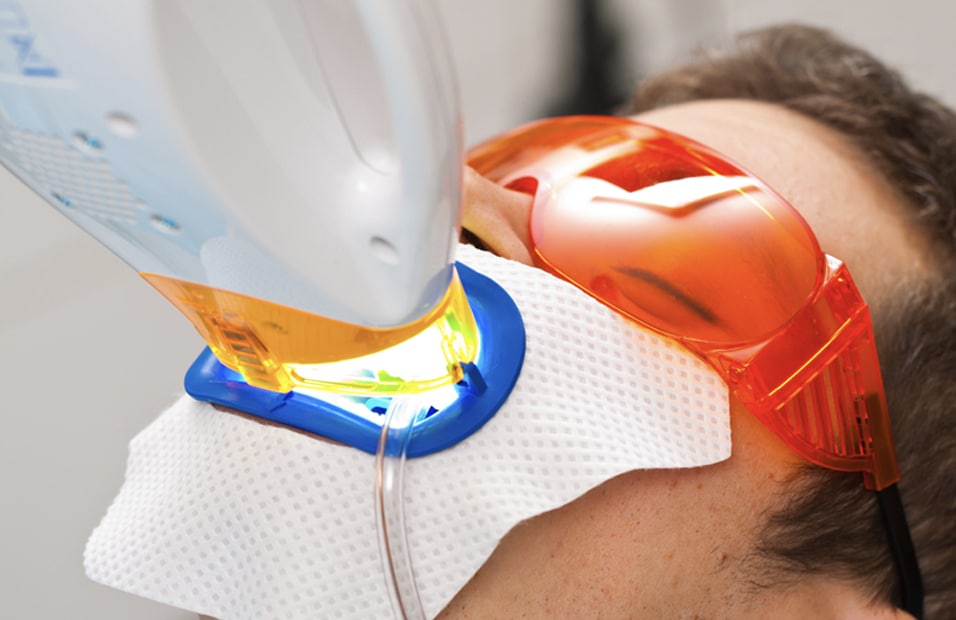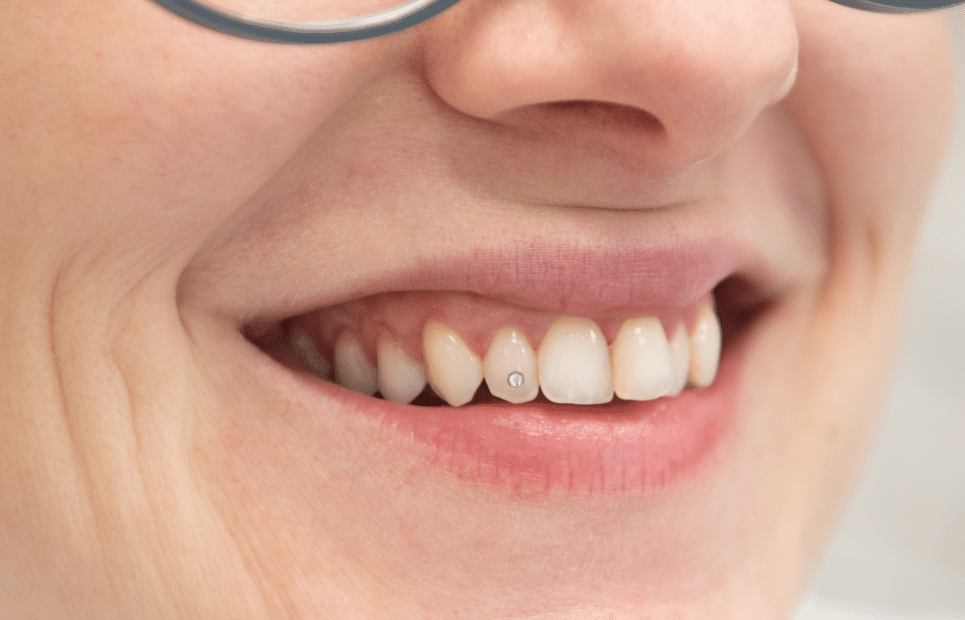Metal-free Crowns – Natural Smile, Perfect Durability
When a tooth can no longer be restored with a filling, or a missing tooth needs replacement, zirconia and pressed e.max crowns provide the ideal solution. Perfect aesthetics: their light-transmitting properties mimic natural teeth, creating a harmonious and radiant smile. Biocompatible: the crowns contact only ceramic with the gum, making them ideal for patients with metal allergies. Durability and strength: e.max crowns are pressed for superior aesthetics, while zirconia crowns offer exceptional durability. The crown material is always chosen together with the patient, considering individual needs and lifestyle. Primarily recommended for front teeth for their natural translucency, they are increasingly requested for molars due to their strength and aesthetic appeal.
Metal-Ceramic Crowns – Durable Solution, Aesthetic Smile
Metal-ceramic crowns are the ideal choice for molars: durable, easy to clean, and cost-effective.Modern chromium-cobalt alloy technology and shoulder-ceramic design ensure a biocompatible, natural appearance, concealing the metal framework and eliminating the “grey gum” effect. While zirconia crowns provide the highest aesthetics for front teeth, metal-ceramic crowns remain a practical, reliable, and affordable solution for covering molars. Metal-ceramic crowns – where functionality meets aesthetics.
Shoulder Preparation – Precision for Long-Lasting Crowns
To ensure a crown fits perfectly, only 1–2 millimeters of enamel are removed under local anesthesia, completely pain-free. The tooth is prepared using the internationally recognized shoulder technique, the current standard for optimal crown fit. This ensures the crown margin does not lift and avoids any metal edges that could irritate the gum or promote decay. Shoulder preparation allows the crown to sit perfectly, flush with the tooth surface, providing healthy gums, easy cleaning, and long-lasting durability. Shoulder Preparation – precise preparation for a perfect, lasting smile.
Ceramic Veneers – the Secret to a Perfect Smile
Thin veneers made from e.max pressed ceramic are placed on the surface of the front teeth to cosmetically correct minor color and shape imperfections. In most cases, only 0.5 mm of the tooth enamel is removed, although in certain situations, veneers can be bonded directly onto healthy enamel without any preparation. These delicate ceramic layers create the radiant smiles seen on Hollywood stars, allowing for a natural-looking, perfectly aesthetic result. It is important to note that veneers work best for minor corrections, as the minimal enamel removal does not provide enough space for significant changes in shape or color. Ceramic Veneers – a quick, precise, and natural solution for the perfect smile.
Inlays – A Precision Solution for Restoring Damaged Teeth
Inlays are, essentially, laboratory-made fillings that are bonded into a pre-prepared tooth cavity. They are particularly suitable for replacing large amalgam fillings or restoring significantly damaged teeth, as the inlay covers the thinned edges of the tooth walls, protecting the weakened tooth from cracks and fractures. Inlays made from e.max ceramic or zirconia combine the durability and aesthetics of ceramic. They offer high resistance and long-lasting color stability, ensuring extended longevity while perfectly concealing larger enamel defects. Inlays – strength, precision, and aesthetics in a single dental solution.
Teeth Whitening – radiant smile, confident appearance
Over time, even the best cared-for teeth can become discoloured. Coffee, tea, red wine, fizzy drinks, smoking, and certain medications can gradually darken the shade of your teeth. Fortunately, modern dentistry now offers safe and effective solutions to restore a naturally white, radiant smile. Professional in-office whitening – instant, impressive results With the ZOOM professional whitening system, a visible change in tooth shade can be achieved in a single 45-minute session. Before the procedure, we perform a thorough professional cleaning, and thanks to the special light technology and whitening gel, your teeth can become several shades whiter.✅ Fast and comfortable – one treatment is enough to achieve a visible result.✅ Long-lasting results – ZOOM whitening can maintain its effect for up to 10 years with proper oral hygiene. Important tips during the whitening process During the treatment, it’s important to avoid staining foods and drinks (such as coffee, tea, and red wine), as well as citrus-based drinks, which may increase tooth sensitivity. You can be confident that professional teeth whitening will take your smile to the next level – leaving you looking more confident, youthful, and radiant.
Tooth Jewelry – small detail, big impact
Tooth jewelry is a stylish and modern way to make your smile truly stand out. The crystals are bonded painlessly and without damaging the enamel, so they can be safely removed or replaced at any time.The entire procedure takes only 15 minutes, and the jewel typically lasts 6 to 12 months – but in many cases, it can stay in place for several years.

